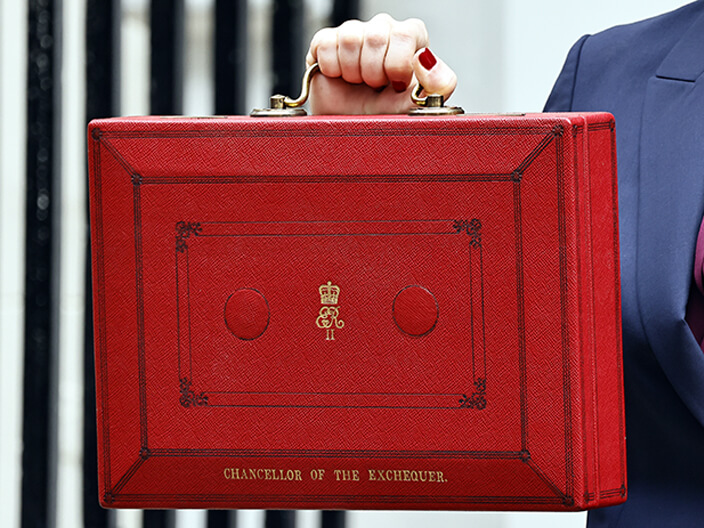Why is Car Wear and Tear guidance so important for drivers?
The BVRLA outlines key areas which drivers need to assess and consider before returning their vehicle at the end of their lease [1]. It is then up to the funder to assess the vehicle and decide whether there should be any fees involved, and will charge the driver respectively.
The main importance of the vehicle passing the assessment is for the benefit ofdrivers to avoid having to deal with the fees involved for any parts of the vehicle which doesn’t pass.
What can drivers do to avoid their car failing the Wear and Tear assessment?
The BVRLA focus on the following key areas when assessing a vehicle for Fair Wear and Tear:
- General appearance, road safety, documentation & keys
- Paintwork, vehicle body, bumpers & trim
- Windows, glass, doors, mirrors & lights
- Tyres & Wheels
- Mechanical Condition
- Vehicle Interior
- Equipment & Controls
While its important for drivers to consider and follow the BVRLA guide [2] for all of the above, there are typical areas where drivers tend to fail due to overlooked areas. Our Fair Wear and Tear expert suggests these 5 key insights for driver appraisal success.
Be MOT ready
This may appear an obvious one to be aware of, however the devil is in the details -the MOT certificate itself must exceed the vehicle appraisal date by at least 2days. This means that drivers should factor in the length of time for potential repairs that the garage might need to do in order for the car to pass its MOT, and receive certification.
Thereis also a very specific detail regarding damage to tyre sidewalls even if thecar has a valid MOT. The guide highlights that if there is any damage to any of the tyres’ sidewalls, the vehicle will automatically fail its appraisal even if it has a valid MOT. The most common cause for damage to tyre sidewalls is road debris such as glass, metal or nails, so make sure to check their condition prior to the appraisal.
Keep hold of your repair warranties
Whena car has been checked and repaired by a professional, we’re usually happy as customers to leave simply knowing that the car is in an improved and safer state than when it arrived. However, there’s an extra step which lease vehicle drivers often don’t account for when having their vehicle repaired, and that’s the receipt of a warranty.
It’s extremely important for drivers to make sure that their selected repairer is able to offer them a warranty, which also indicates the professional standard of the work done, and to keep hold of every warranty for each repair as part of their vehicle records. Additionally, the warranty must be validated so its key for drivers to make sure the warranty they receive is not simply an invoice or record of the work done.
Clean the car inside and out & refuel
Again,this may be an obvious step for drivers to consider, but one of the most common failures for the vehicle is watermarks on the paintwork. If the car happens to have dents or bumps externally, not matter how large or small, if the car has water on its exterior it’s very easy for such faults to be hidden by watermarks. Drivers should take care to make sure that after cleaning, the car is properly dried before its appraisal so that an accurate check can be done by the assessor.
Similar to the exterior condition of the vehicle, the car’s interior must be cleaned to a high standard and have a quarter tank of fuel - note that if the vehicle is electric, it should be fully charged.
Remove personal data & return vehicle materials
As in all cases nowadays, maintaining your own personal data protection is essential. If you’ve ever used bluetooth in your vehicle to make handsfree calls, or even just listen to music, your data including potentially all of your device’s contacts will be saved to the on-board computer. It’s crucial for the driver to remember to erase the on-board computer of all personal or work data before the appraisal, including that of family members or friends.
With the data now cleared, it’s important to also make sure that all items initially received with the vehicle are present - think spare keys, charging cables, bookpacks, leaflets, manuals etc.
Automatic Failure
If drivers have managed to successfully maintain all of the above, the final checkis to make sure that the vehicle has none of the below features which willresult in automatic failure:
- Flat Battery
- Tyre Puncture
- Expired MOT
- Warning Lights on the Dash
- Tyre Tread below 1.66mm on any tyre
FAQ: Do I have to return the car?
No! In many cases, the leasing company will allow the driver to keep the car for a specified price, or offer other similar vehicles at appealing prices.
So there we have it! It might seem like there’s lots to prepare for and remember but being having good time management and organising all of the above in advance will lead to appraisal success.
Still looking for more information on Fair Wear & Tear? Speak directly to our expert Lynn on 0345 299 050.
References
BVRLA Link - https://www.bvrla.co.uk/guidance/fair-wear-tear.html [1]





.jpg)